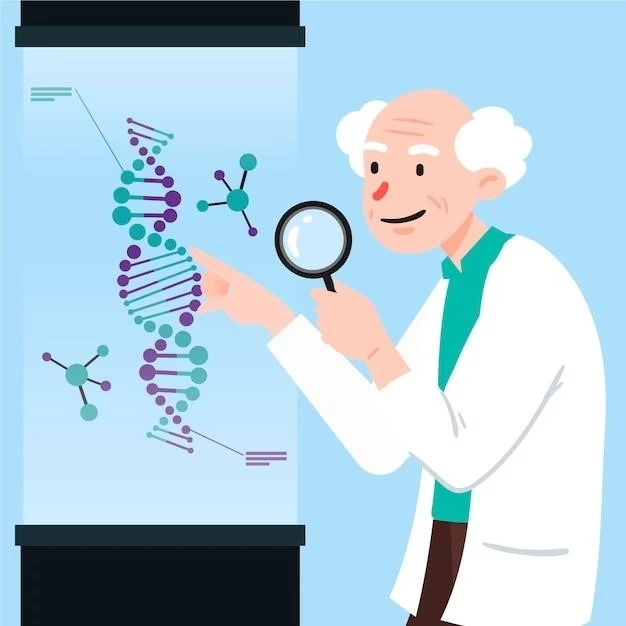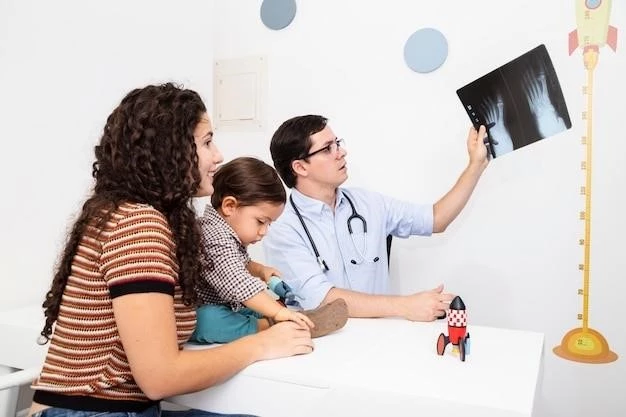Introduction
Rapp-Hodgkin syndrome (RHS) is a rare genetic disorder characterized by anhidrotic ectodermal dysplasia and cleft lip/palate․ It shares clinical features with other related syndromes, such as AEC syndrome․
Overview of Rapp-Hodgkin Syndrome
Rapp-Hodgkin syndrome (RHS) is a rare genetic disorder characterized by anhidrotic ectodermal dysplasia and cleft lip/palate․ It shares clinical features with other related syndromes, such as AEC syndrome․ The syndrome is associated with mutations in the TP63 gene, leading to abnormalities in hair, nails, teeth, sweat glands, and skin․ RHS is considered part of a spectrum that includes AEC syndrome due to overlapping clinical manifestations and genetic variants․
Clinical Features
Rapp-Hodgkin syndrome is characterized by anhidrotic ectodermal dysplasia, cleft lip/palate, sparse hair, sparse eyelashes/eyebrows, obstructed lacrimal puncta, bilateral stenosis of external auditory canals, microsomia, and other distinctive facial features․
Common Characteristics of Rapp-Hodgkin Syndrome
Rapp-Hodgkin syndrome is characterized by anhidrotic ectodermal dysplasia, cleft lip/palate, sparse hair, sparse eyelashes/eyebrows, obstructed lacrimal puncta, bilateral stenosis of external auditory canals, microsomia, and other distinctive facial features․
Genetics
Rapp-Hodgkin syndrome is caused by mutations in the TP63 gene, leading to an autosomal dominant transmission pattern․ These mutations result in anhidrotic ectodermal dysplasia and cleft lip/palate․
Autosomal Dominant Inheritance of Rapp-Hodgkin Syndrome
Rapp-Hodgkin syndrome is inherited in an autosomal dominant pattern, with mutations in the TP63 gene․ These mutations lead to the characteristic features of the syndrome٫ including anhidrotic ectodermal dysplasia and cleft lip/palate․
Differential Diagnosis
Rapp–Hodgkin syndrome can be differentiated from other ectodermal dysplasia syndromes like EEC syndrome based on key clinical features, such as the presence or absence of ectrodactyly․
Distinguishing Rapp-Hodgkin Syndrome from Related Syndromes
Rapp-Hodgkin syndrome distinguishes itself from related ectodermal dysplasia syndromes like AEC and EEC by its specific clinical characteristics, including the absence of ectrodactyly and the presence of anhidrotic ectodermal dysplasia and cleft lip/palate․

Diagnosis
Diagnosing Rapp-Hodgkin syndrome involves recognizing the characteristic clinical features like anhidrotic ectodermal dysplasia and cleft lip/palate and may require genetic testing for mutations in the TP63 gene․
Methods for Diagnosing Rapp-Hodgkin Syndrome
Diagnosing Rapp-Hodgkin syndrome involves a thorough clinical evaluation looking for anhidrotic ectodermal dysplasia and cleft lip/palate․ Genetic testing for mutations in the TP63 gene may also be necessary to confirm the diagnosis․
Treatment
Treatment for Rapp-Hodgkin syndrome typically involves individualized management plans to address symptoms like cleft lip/palate and anhidrotic ectodermal dysplasia․ Multidisciplinary care may include dental interventions, speech therapy, and dermatologic assessments․
Management Strategies for Rapp-Hodgkin Syndrome
Management of Rapp-Hodgkin syndrome involves addressing the specific needs of individuals with the condition․ This may include interventions such as dental care for cleft lip/palate, speech therapy for communication difficulties, and dermatologic assessments for skin abnormalities․ A multidisciplinary approach aimed at improving quality of life and addressing the various symptoms associated with the syndrome is essential․
Prognosis
The long-term outlook for individuals with Rapp-Hodgkin syndrome varies depending on the severity of the symptoms and the effectiveness of management strategies․ Early diagnosis and appropriate interventions can improve quality of life for affected individuals․
Outlook for Individuals with Rapp-Hodgkin Syndrome
The long-term prognosis for individuals with Rapp-Hodgkin syndrome varies based on symptom severity and treatment effectiveness․ Early identification and appropriate management can enhance quality of life for those affected by the condition․

Research and Studies
Recent research on Rapp-Hodgkin syndrome has focused on genetic advancements, clinical overlaps with related syndromes, and improving diagnostic techniques․ Studies aim to enhance understanding and management of this rare genetic disorder․
Advancements in Understanding Rapp-Hodgkin Syndrome
Recent research has shed light on the genetic underpinnings of Rapp-Hodgkin syndrome, particularly in relation to the TP63 gene; Studies have focused on recognizing the variations within this gene and understanding how mutations lead to the distinct clinical features observed in individuals with Rapp-Hodgkin syndrome․
Support and Resources
For individuals and families dealing with Rapp-Hodgkin syndrome, various clinical resources provide information on the condition, genetic testing availability, and links to reliable sources for guidance and support․
Available Assistance for Individuals and Families Affected by Rapp-Hodgkin Syndrome
Individuals and families impacted by Rapp-Hodgkin syndrome can access clinical resources that offer valuable information on the condition, genetic testing options, and links to reliable sources for support and guidance․ These resources aim to assist individuals in understanding and managing this rare genetic disorder effectively․
